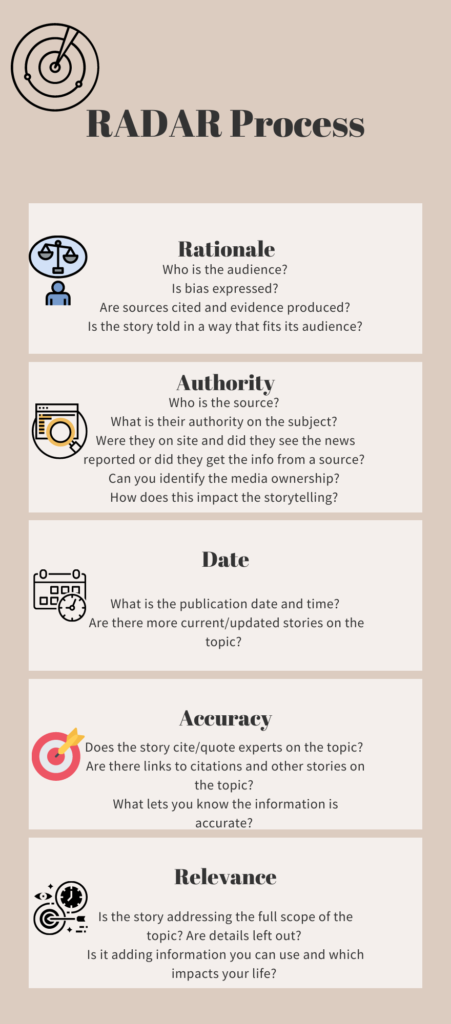Misinformation, disinformation and fake news
CPC instructor helps sort out differences with Gamma Beta Phi members
By Leslie Heimbaugh
Knightly News Reporter
leslie.heimbaugh@mymail.centralpenn.edu
For the first time since the pandemic began, the Central Penn College Chapter of Gamma Beta Phi recently gathered for an in-person meeting in the outdoor student fellowship area on campus.

The 90-degree heat and excessive humidity did not dampen the group’s excitement to finally meet one another to share some tasty snacks and s’mores around the fire pit.
The evening’s program included a lively discussion about the differences between disinformation, misinformation and fake news, led by CPC Adjunct Instructor of Communications Angela Britcher.
Britcher is also a senior curriculum developer for applied education systems. Her LinkedIn page prominently displays the following quote, demonstrating her commitment to engaging with the facts in any situation:
“Empower people with information. That’s my job. Whether it’s through teaching, communications campaigns, or instructional design, providing people the information they need to make decisions is what I do.”
Britcher explained that misinformation happens when someone makes a mistake. It is accidental, not intentional. Disinformation, on the other hand, is intentionally wrong in some way.
“Disinformation is growing in popularity,” she said.
Britcher explained disinformation happens when news sources aim to skew the news from a particular perspective or a specific lens. That means they might leave out some of the information to craft the narrative into something that their viewers or readers want to hear so that they will stay tuned.
Britcher continued, “Some outlets believe that ‘We need to give our viewers what they are expecting from us, and then they’re going to click through, and those ads pay our bills.’”
Fake news stories are just that—fabricated stories that often bear little resemblance to the facts. Britcher recommended that students use the RADAR Process (to right, which she adapted from https://libguides.lmu.edu/aboutRADAR) to remind themselves of the kinds of questions they should ask before citing specific information sources.
RADAR stands for Rationale, Authority, Date, Accuracy, and Relevance. If a reference does not pass the RADAR test, students should probably consider other sources in their research.
Have a comment or a story idea? Contact KnightlyEditors@CentralPenn.Edu.


